
Supply chains have embraced tools such as our battery-powered yard trucks that make physical tasks easier. But when it comes to adapting digital technology, the industry has remained behind the curve.
This attitude has been showing signs of changing, as factors including a labor shortage and rise of the Internet of Things (IoT) are driving supply chain managers toward smaller, digital and more nimble operations. Here’s a look at some of the ways technology is changing the supply chain industry.
Move to the Cloud
Experts predict that by 2020, planning systems will remain on premises while 90 percent of spending for execution systems will be for cloud-based applications. The IoT will provide the means to create a digital network allowing for data flow from start to finish of operations.
Improved Forecasting
Another benefit of the IoT is the ability to replace short-term forecasting with demand sensing, which uses advanced math techniques and near real-time data for more accurate forecasting.
Preventing Disruptions
Shippers with a more resilient supply chain will be better equipped to identify and manage risks, making them less vulnerable to reduced capacity and inventory problems.
Shift to Micro-Logistics
Following Amazon’s lead, many manufacturers are evaluating a transition to micro-logistics, which entails a group of small, localized warehouses rather than the traditional DC model.
Less Is More
Whether due to financial struggles or strategic purposes, consolidation among transoceanic shipping companies, third-party distribution services, and over-the-road carriers will likely increase. As a result, 3PL agreements will center on value rather than price.
Move Trailers Safely and Quickly with Yard Trucks from DJ Products
Our Electric Yard Dog is less expensive than a new yard truck or shunting service and reduces risk of damage and injuries. Call 800.686.2651 for more information.



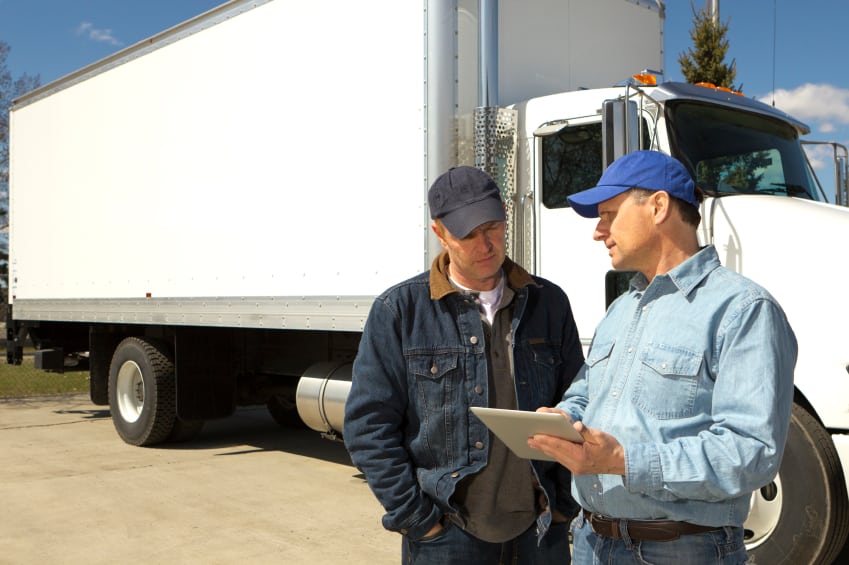




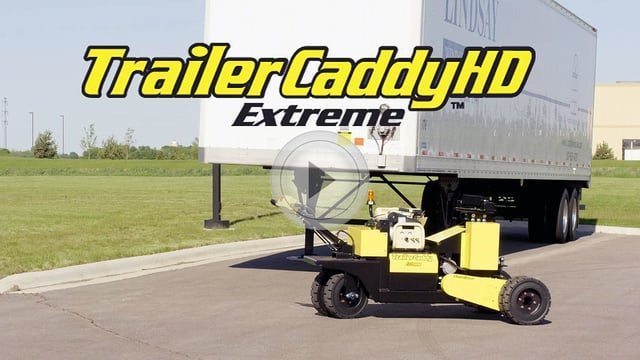
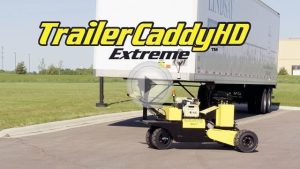




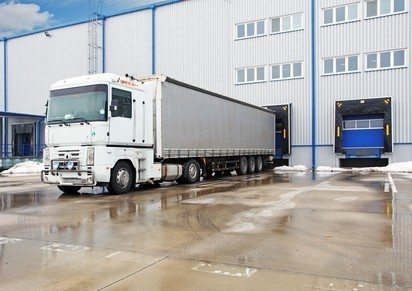
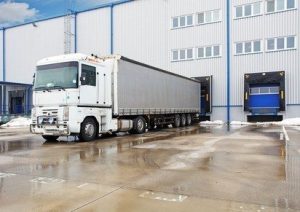

 Shunting trailers without the help of
Shunting trailers without the help of